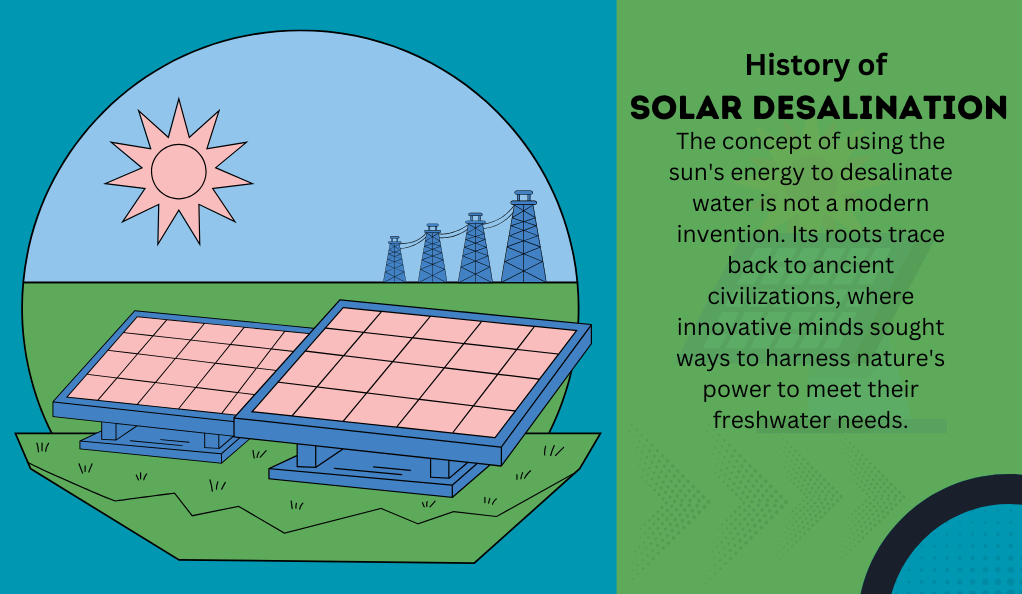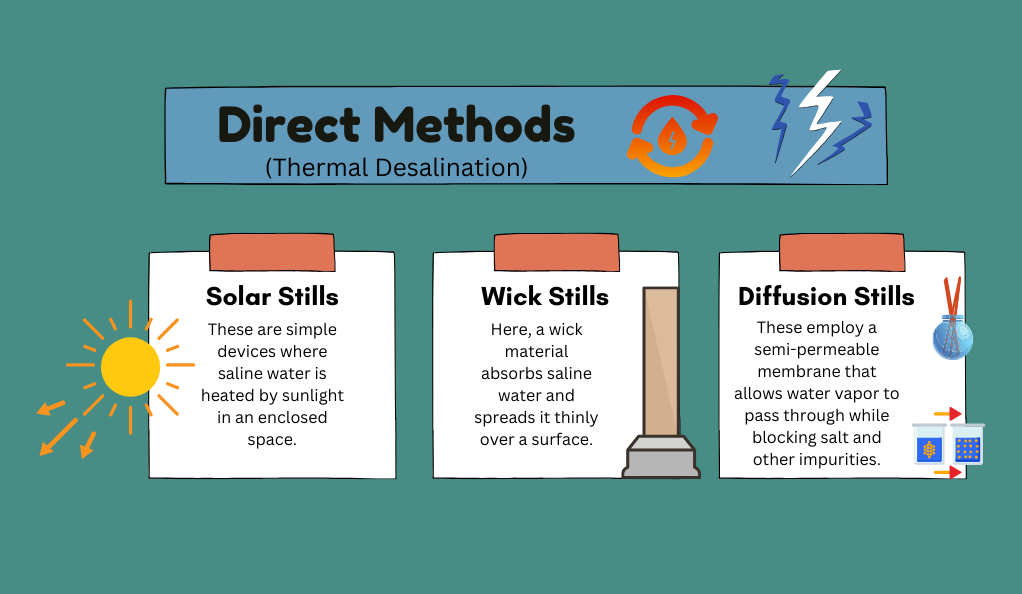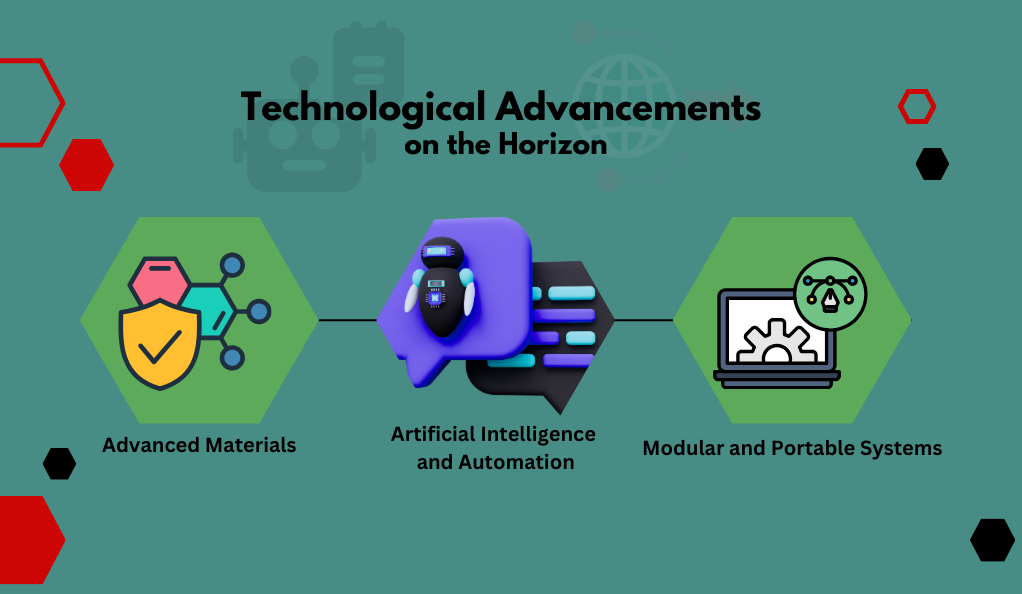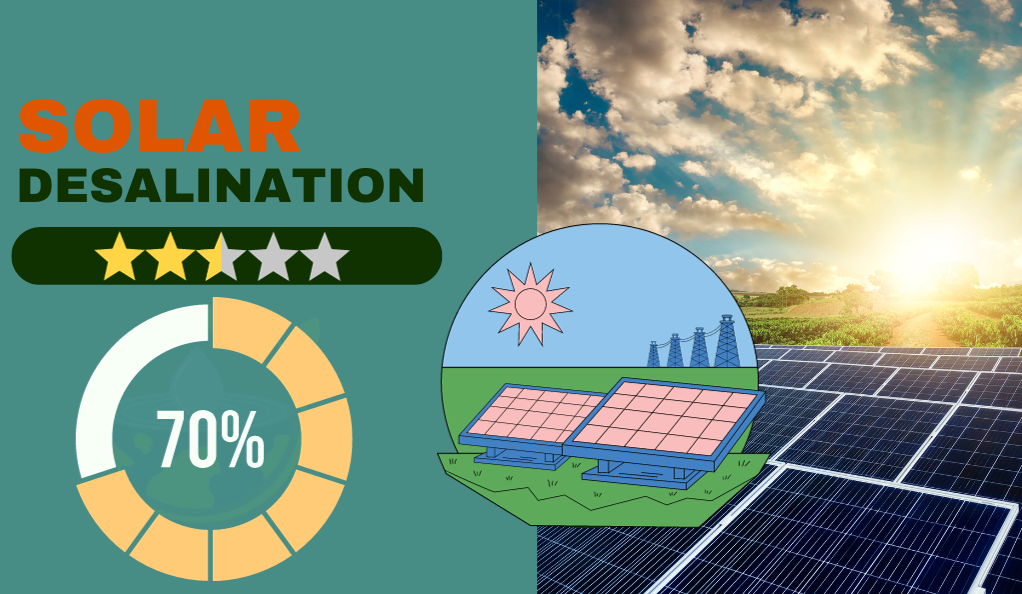Water is the essence of life. Covering over 70% of our planet’s surface, it might seem like we have an abundance of it. However, a closer look reveals a startling fact: only 2.5% of the world’s water is freshwater, and a mere 0.3% is accessible to us in rivers, lakes, and swamps. With the global population on the rise and freshwater resources dwindling, the world is on the brink of a freshwater crisis.
| Continent | Percentage of Population Without Access to Clean Water |
|---|---|
| Africa | 40% |
| Asia | 30% |
| South America | 20% |
| North America | 5% |
| Europe | 3% |
| Australia | 2% |
As the table illustrates, the freshwater crisis is not just a problem for developing countries; it’s a global issue. Climate change, over-extraction, and pollution have further exacerbated the situation, leading to severe droughts in some areas and floods in others.
In this dire scenario, the need for sustainable solutions is paramount. While there are various methods to produce freshwater, such as groundwater extraction and rainwater harvesting, they are not without their challenges. Groundwater extraction can lead to land subsidence, and rainwater harvesting is dependent on rainfall patterns, which are becoming increasingly unpredictable due to climate change.
Enter solar desalination—a process that harnesses the power of the sun to convert saline water into freshwater. As a renewable and sustainable solution, solar desalination offers a glimmer of hope in addressing the global freshwater crisis. This article delves deep into the world of solar desalination, exploring its history, methods, and potential as a game-changer in freshwater production.
History of Solar Desalination
The concept of using the sun’s energy to desalinate water is not a modern invention. Its roots trace back to ancient civilizations, where innovative minds sought ways to harness nature’s power to meet their freshwater needs.

Ancient Practices
Greek mariners, during their long voyages, were known to use simple techniques to obtain freshwater from the sea. They employed sponge-like materials to soak up seawater and then exposed them to the sun. As the water evaporated, it left behind salt, and the condensed vapor was collected as freshwater.
Similarly, Persian alchemists in the medieval period documented methods of using solar energy for distillation. Their writings describe rudimentary solar stills made of glass or transparent materials that allowed sunlight to evaporate water, which was then condensed on a cooler surface to produce freshwater.
20th Century: A Period of Evolution
The 20th century witnessed significant advancements in solar desalination technology. With the global industrial revolution and the increasing demand for freshwater, researchers began exploring efficient and scalable methods of solar desalination.
In the 1950s, the first large-scale solar still was constructed in Las Salinas, Chile. Covering an area of over 4,000 square meters, this plant was capable of producing thousands of liters of freshwater daily. Its success spurred interest in solar desalination across the world.
Understanding Solar Desalination
Solar desalination is a process that leverages the sun’s energy to remove salt and other impurities from saline water, rendering it suitable for human consumption and agriculture. The fundamental principle behind this technique is evaporation and condensation, much like the natural water cycle where seawater evaporates to form clouds and then falls as rain, leaving salts behind.
Direct vs. Indirect Methods
There are two primary approaches to solar desalination: direct and indirect.
Direct Methods (Thermal Desalination):
These methods rely on the sun’s heat to evaporate saline water. The evaporated water vapor is then condensed to produce freshwater. Common direct methods include:

- Solar Stills: These are simple devices where saline water is heated by sunlight in an enclosed space. As the water evaporates, it condenses on a cooler surface, typically a transparent cover, and is collected as freshwater.
- Wick Stills: Here, a wick material absorbs saline water and spreads it thinly over a surface. Sunlight heats this thin layer, causing rapid evaporation and subsequent condensation.
- Diffusion Stills: These employ a semi-permeable membrane that allows water vapor to pass through while blocking salt and other impurities. Saline water is heated on one side of the membrane, and the vapor diffuses through to the cooler side, where it condenses as freshwater.
Indirect Methods (Photovoltaic Desalination):
These techniques use solar energy to generate electricity, which then powers desalination processes. Some of the prevalent indirect methods are:
- Photovoltaic and Fluid-based Thermal Collectors: Solar panels convert sunlight into electricity, which then powers pumps and other equipment for desalination processes like reverse osmosis.
- Multi-stage Flash Distillation: This method involves heating saline water in a series of chambers at decreasing pressures. As the pressure drops, water flashes or rapidly evaporates, and the vapor is condensed to produce freshwater.
- Multiple-effect Distillation: Here, saline water is boiled in a series of vessels, each held at a lower pressure than the previous. The vapor from one vessel is used to heat the next, creating a cascading effect of evaporation and condensation.
Methods of Solar Desalination
The quest for freshwater has led to the development of numerous solar desalination techniques. Each method has its unique advantages, challenges, and applications. Here’s a closer look:
Direct Methods: Harnessing the Sun’s Heat
1. Solar Stills: A solar still is a basic device that mimics the natural water cycle. It consists of an enclosed basin containing saline water with a transparent cover angled above it. As sunlight penetrates the cover, it heats the water, causing it to evaporate. The water vapor rises, condenses on the cooler inner surface of the cover, and is collected as freshwater. Solar stills are ideal for small-scale applications, such as providing drinking water in remote areas.
2. Wick Stills: In wick stills, saline water is absorbed by a wick material, which spreads it over a surface in a thin layer. The sun’s heat causes rapid evaporation from this thin layer. The water vapor then condenses on a cooler surface and is collected. Wick stills are known for their efficiency in maximizing the surface area exposed to sunlight, leading to faster evaporation rates.
3. Diffusion Stills: These stills utilize a semi-permeable membrane that separates the saline water from the freshwater. When the saline side is heated, water vapor diffuses through the membrane to the cooler side, leaving salts and impurities behind. The vapor condenses as freshwater, which is then collected.
Indirect Methods: Powering Desalination with Solar Electricity
1. Photovoltaic and Fluid-based Thermal Collectors: Solar panels capture sunlight and convert it into electricity. This electricity can power various desalination processes. Fluid-based thermal collectors, on the other hand, use a fluid to absorb solar heat, which is then used to generate steam for desalination.
2. Multi-stage Flash Distillation (MSF): MSF involves a series of chambers, each at a different pressure. Saline water is heated and introduced into the first chamber. As the pressure drops in subsequent chambers, the water “flashes” or rapidly evaporates. The vapor is then condensed to produce freshwater. The process is repeated in each chamber, maximizing freshwater production.
3. Multiple-effect Distillation (MED): In MED, saline water is boiled in a sequence of vessels, each at a lower pressure than the previous one. The vapor from one vessel serves as a heat source for the next, leading to a chain reaction of evaporation and condensation. This cascading effect enhances the efficiency of the process.
Advancements and Modern Applications
Solar desalination has come a long way from its rudimentary beginnings. With technological advancements and increased awareness of sustainability, its applications have expanded, making a significant impact on freshwater production worldwide.
Current Global Usage and Statistics
Solar desalination plants are now operational in various parts of the world, from arid regions in the Middle East to island nations in the Pacific. These plants not only provide essential drinking water but also support agriculture and industrial processes.
Daytona Beach, USA: A pilot project here uses solar-powered reverse osmosis to produce around 100,000 liters of freshwater daily. The success of this initiative has paved the way for larger plants in the region.
Greek Isles: Due to their isolated nature, many Greek islands rely on solar desalination to meet their freshwater needs. Solar stills and photovoltaic-powered desalination units are common, providing a lifeline to local communities.
Abu-Dhabi, UAE: The region’s first solar-powered desalination plant was established here, showcasing the potential of renewable energy in addressing water scarcity in desert landscapes.
Technological Breakthroughs
The field of solar desalination has witnessed several technological breakthroughs in recent years:
- Nanotechnology: Researchers are exploring the use of nanomaterials to enhance the efficiency of solar desalination processes. These materials can absorb more sunlight and speed up evaporation, leading to higher freshwater yields.
- Hybrid Systems: Combining solar desalination with other renewable energy sources, such as wind or geothermal, has proven effective in increasing output and ensuring consistent freshwater production.
- Smart Monitoring: Advanced sensors and monitoring systems are now integrated into solar desalination plants. These tools provide real-time data, enabling operators to optimize performance and reduce operational costs.
Challenges and Limitations
While solar desalination offers a promising solution to freshwater scarcity, it’s essential to understand its challenges and limitations to harness its full potential and address any shortcomings.
Efficiency Concerns
One of the primary challenges faced by solar desalination is efficiency. Traditional solar stills, for instance, have a relatively low yield compared to their footprint. Advancements in technology, such as the integration of nanomaterials, aim to address this, but there’s still room for improvement.
Heat and Mass Transfer Rates
The rate at which heat and mass are transferred plays a crucial role in the efficiency of the desalination process. In many solar desalination methods, these rates can be limiting factors, affecting the amount of freshwater produced.
Waste Heat Management
Solar desalination processes, especially those that rely on thermal methods, can generate significant amounts of waste heat. Managing and dissipating this heat efficiently is crucial to ensure the system’s longevity and prevent overheating.
Initial Investment and Costs
While solar desalination can be more cost-effective in the long run due to reduced operational costs, the initial investment required for setting up the infrastructure can be high. This can be a deterrent for regions with limited resources.
Environmental Considerations
Though solar desalination is environmentally friendly compared to fossil fuel-based methods, it’s not entirely without impact. Brine, the highly concentrated salt solution left after desalination, needs to be managed and disposed of responsibly to prevent environmental harm.
Scalability
While small-scale solar desalination units are relatively easy to implement, scaling up to cater to larger populations or agricultural needs can be challenging. It requires significant space, especially for methods like solar stills, which might not be feasible in densely populated areas.
The Future of Solar Desalination
Solar desalination, with its promise of sustainable freshwater production, is poised to play a pivotal role in the coming decades. As global freshwater resources come under increasing strain, the importance of innovative and renewable solutions cannot be overstated.
Technological Advancements on the Horizon
Innovation is at the heart of solar desalination’s future. Researchers are continuously exploring ways to enhance efficiency, reduce costs, and mitigate environmental impacts.

- Advanced Materials: The integration of materials like graphene and other nanocomposites promises to revolutionize the efficiency of solar desalination processes. These materials can enhance heat absorption and speed up evaporation, leading to higher yields.
- Artificial Intelligence and Automation: The use of AI-driven systems can optimize solar desalination operations, adjusting parameters in real-time based on environmental conditions and maximizing freshwater output.
- Modular and Portable Systems: The development of compact, modular desalination units can cater to remote areas, disaster-stricken regions, and mobile military operations, ensuring access to clean water wherever it’s needed.
Potential for Large-Scale Implementation
While small-scale solar desalination units have proven their worth, the focus is shifting towards large-scale plants capable of serving entire cities or agricultural regions.
- Integrated Systems: Combining solar desalination with other renewable energy sources, such as wind or geothermal, can ensure consistent freshwater production, even during periods of reduced sunlight.
- Public-Private Partnerships: Collaborations between governments and private entities can facilitate the establishment of large-scale solar desalination plants, sharing costs, expertise, and resources.
Economic Considerations and Feasibility
As technology advances and economies of scale come into play, the cost of solar desalination is expected to decrease. This will make it an increasingly viable option for regions with limited financial resources. Moreover, the long-term savings from reduced operational costs and the environmental benefits of using a renewable energy source further bolster its economic feasibility.
Conclusion
Water, the essence of life, is increasingly scarce as the world faces freshwater challenges. Solar desalination, harnessing the sun’s energy, provides a sustainable solution, blending ancient wisdom with modern innovation. Despite challenges, ongoing research and global cooperation are propelling solar desalination towards mainstream use, promising a future where every drop of water is valued and the sun’s energy nurtures life, fostering a harmonious coexistence between humanity and nature.
In embracing solar desalination, we embrace a brighter, more sustainable future for ourselves and generations to come, where access to freshwater is abundant, and our environmental impact is minimized.

